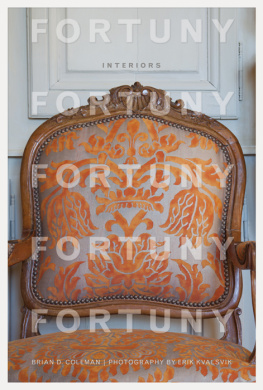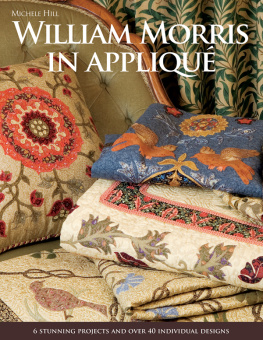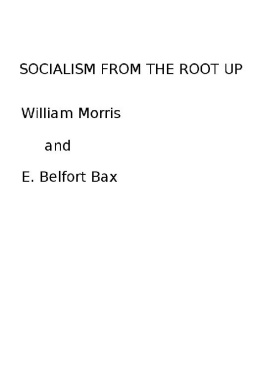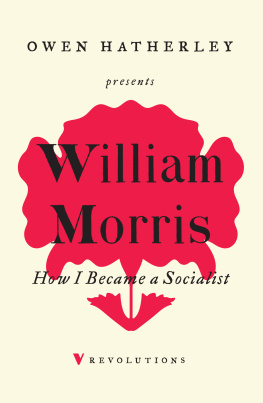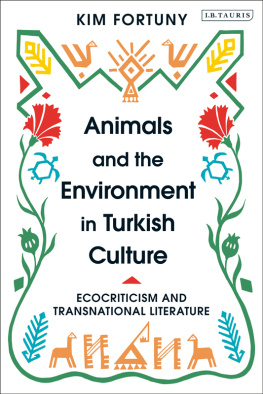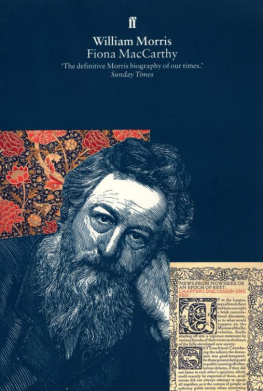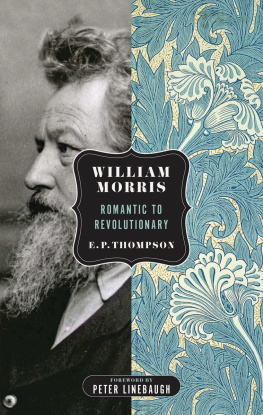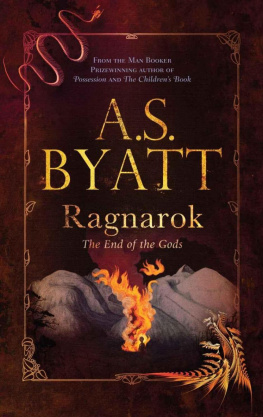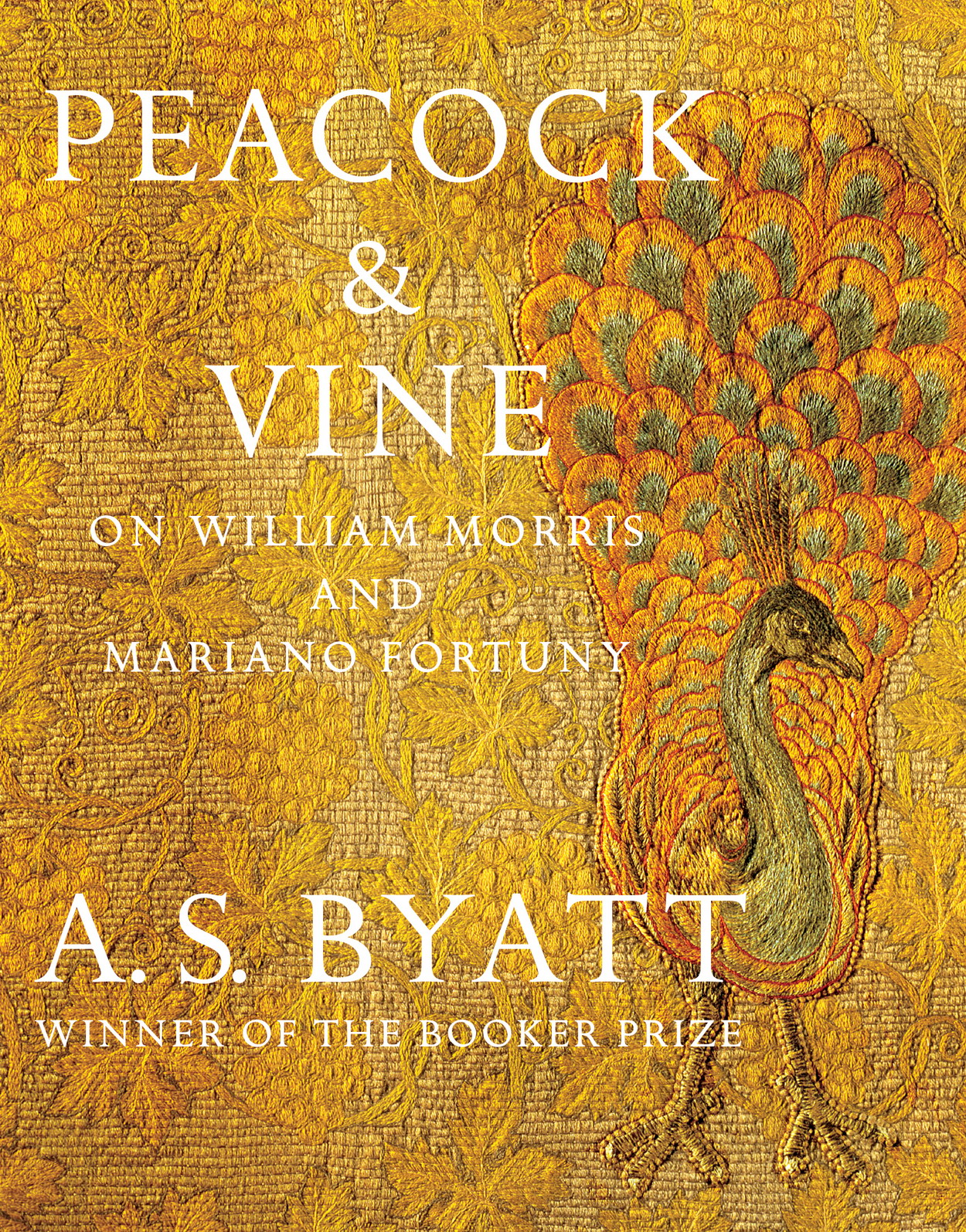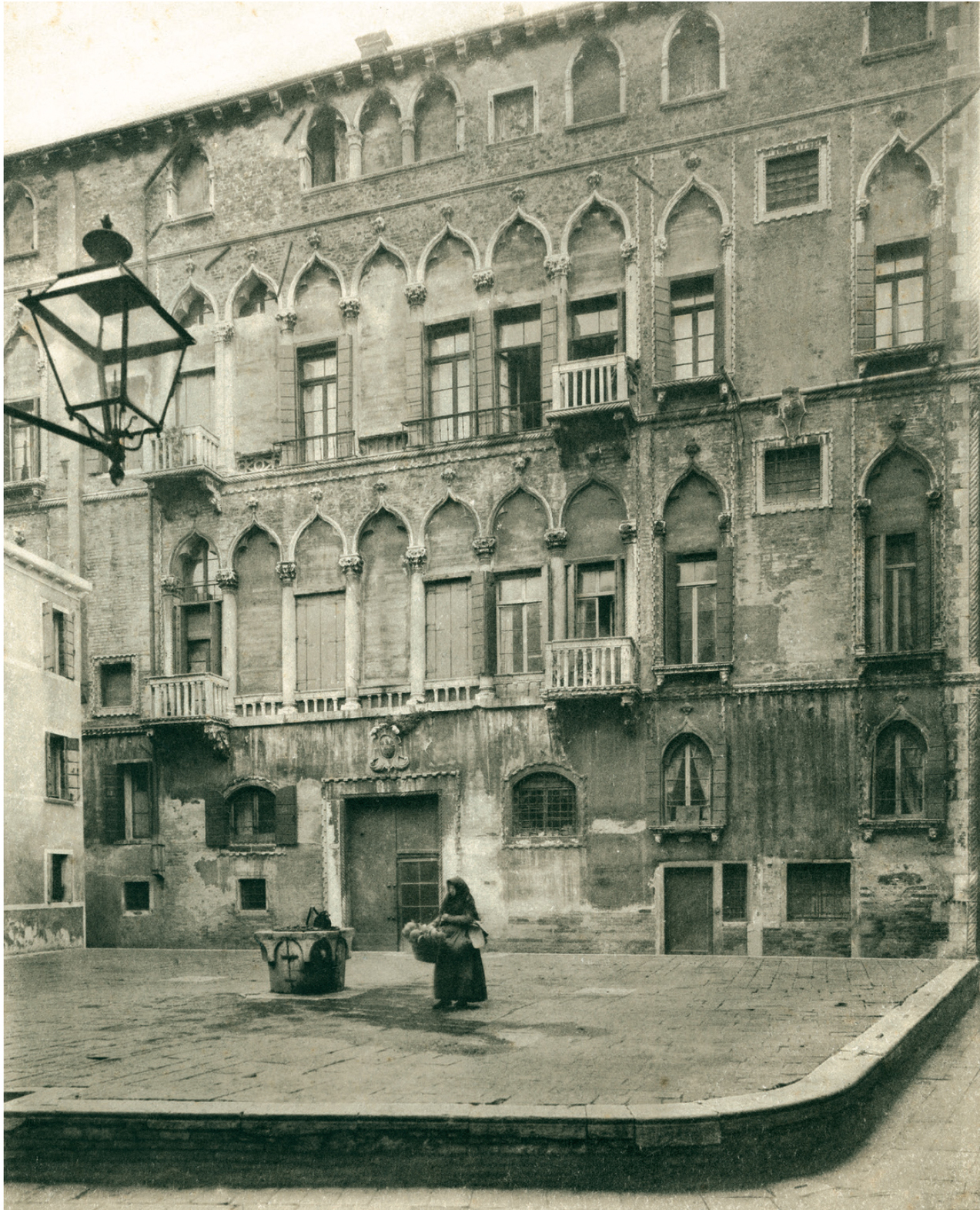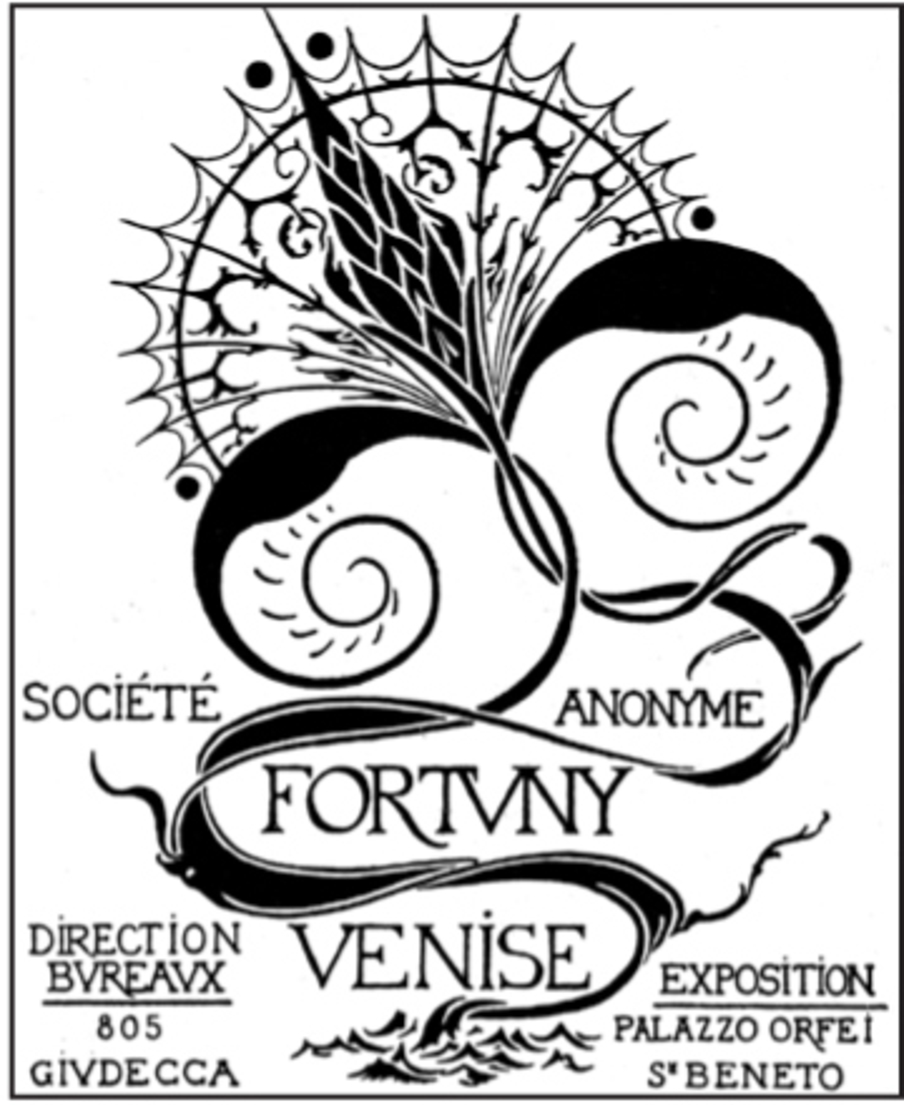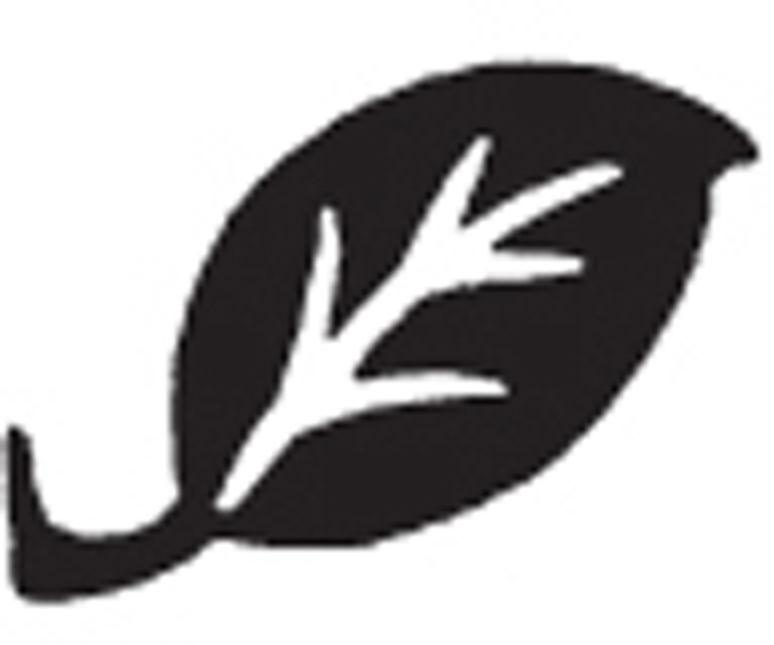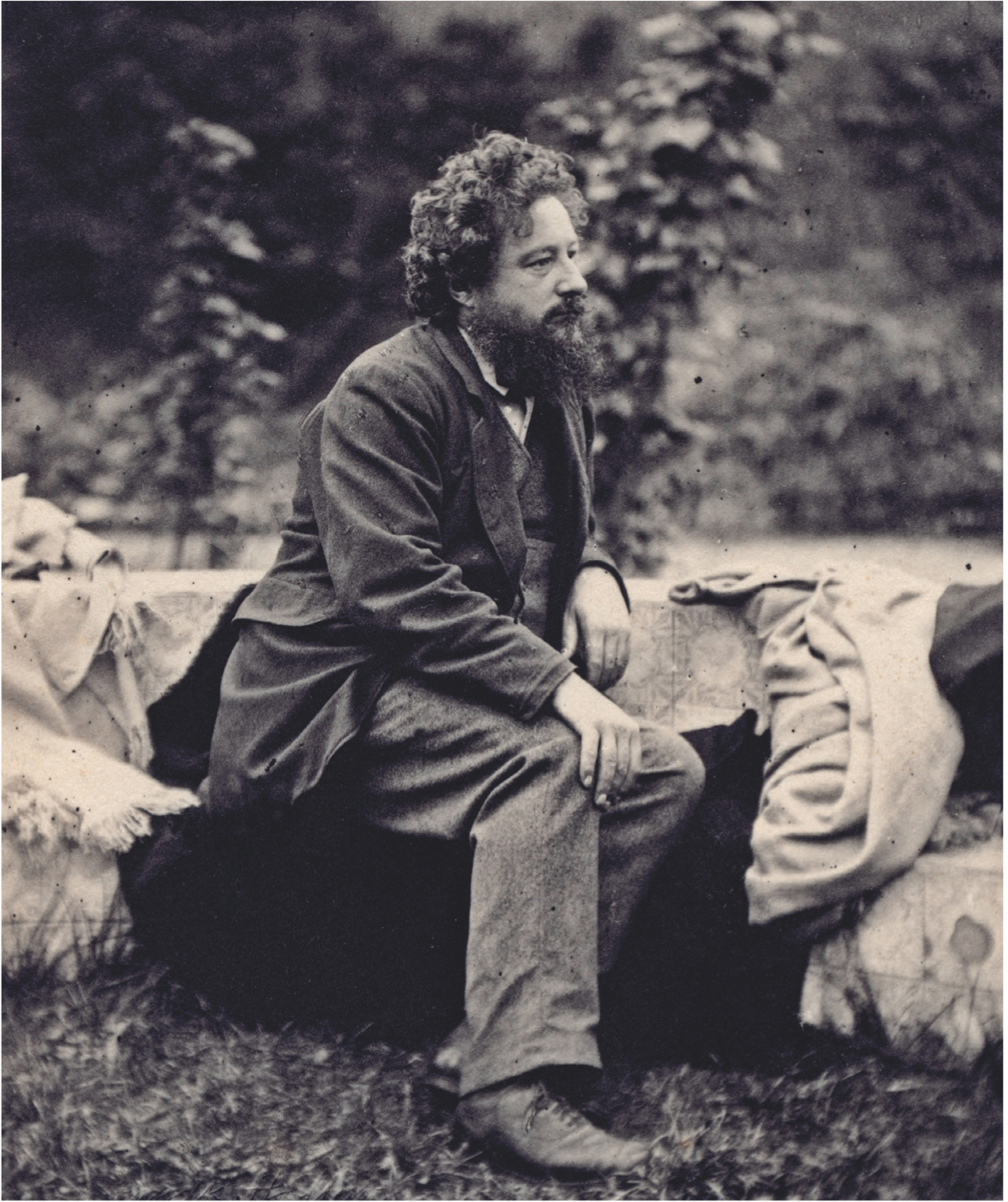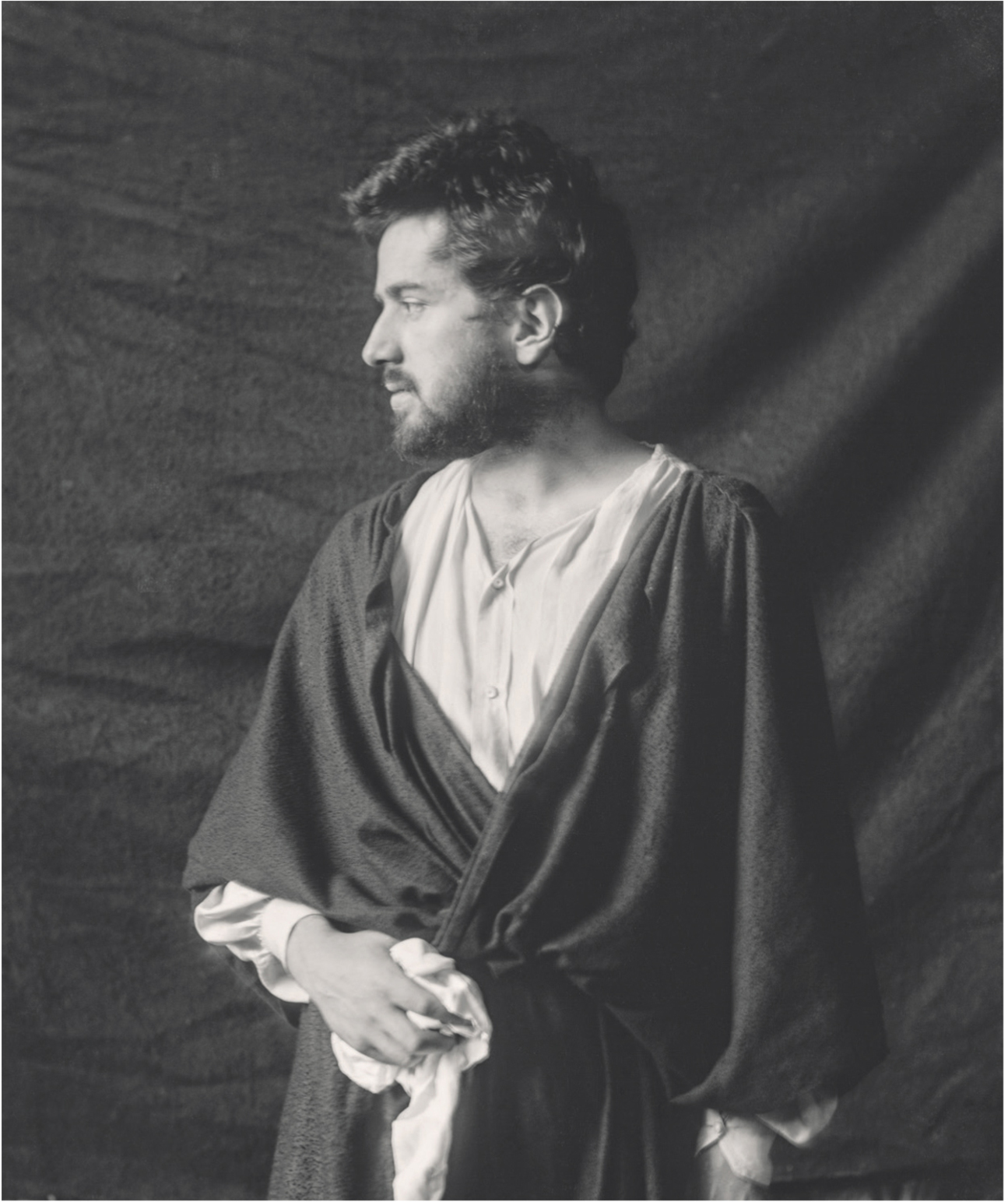A. S. Byatt - Peacock & Vine: On William Morris and Mariano Fortuny
Here you can read online A. S. Byatt - Peacock & Vine: On William Morris and Mariano Fortuny full text of the book (entire story) in english for free. Download pdf and epub, get meaning, cover and reviews about this ebook. year: 2016, publisher: Alfred A. Knopf, genre: Non-fiction. Description of the work, (preface) as well as reviews are available. Best literature library LitArk.com created for fans of good reading and offers a wide selection of genres:
Romance novel
Science fiction
Adventure
Detective
Science
History
Home and family
Prose
Art
Politics
Computer
Non-fiction
Religion
Business
Children
Humor
Choose a favorite category and find really read worthwhile books. Enjoy immersion in the world of imagination, feel the emotions of the characters or learn something new for yourself, make an fascinating discovery.

- Book:Peacock & Vine: On William Morris and Mariano Fortuny
- Author:
- Publisher:Alfred A. Knopf
- Genre:
- Year:2016
- Rating:3 / 5
- Favourites:Add to favourites
- Your mark:
Peacock & Vine: On William Morris and Mariano Fortuny: summary, description and annotation
We offer to read an annotation, description, summary or preface (depends on what the author of the book "Peacock & Vine: On William Morris and Mariano Fortuny" wrote himself). If you haven't found the necessary information about the book — write in the comments, we will try to find it.
From the winner of the Booker Prize: A ravishing book that opens a window into the lives, designs, and passions of Mariano Fortuny and William Morris, two remarkable artists who themselves are passions of the writer A. S. Byatt.
Born a generation apart in the mid-1800s, Fortuny and Morris were seeming opposites: Fortuny a Spanish aristocrat thrilled by the sun-baked cultures of Crete and Knossos; Morris a member of the British bourgeoisie, enthralled by Nordic myths. Through their revolutionary inventions and textiles, both men inspired a new variety of art that is as striking today as when it was first conceived. In this elegant meditation, Byatt traces their genius right to the source.
Fortunys Palazzo Pesaro Orfei in Venice is a warren of dark spaces imbued with the rich hues of Asia. In his attic workshop, Fortuny created intricate designs from glowing silks and velvets; in the palazzo he found happiness in a glittering cavern alongside the French model who became his wife and collaborator, including on the famous Delphos dressa flowing, pleated gown that evoked the era of classical Greece.
Morriss Red House outside London, with its Gothic turrets and secret gardens, helped inspire his stunning floral and geometric patterns; it likewise represented a coming together of life and art. But it was a sweet simple old place called Kelmscott Manor in the countryside that he loved besteven when it became the setting for his wifes love affair with the artist Dante Gabriel Rossetti.
Generously illustrated with the artists beautiful designspomegranates and acanthus, peacock and vineamong other aspects of their worlds, this marvel-filled book brings the visions and ideas of Fortuny and Morris to vivid life.
A. S. Byatt: author's other books
Who wrote Peacock & Vine: On William Morris and Mariano Fortuny? Find out the surname, the name of the author of the book and a list of all author's works by series.

